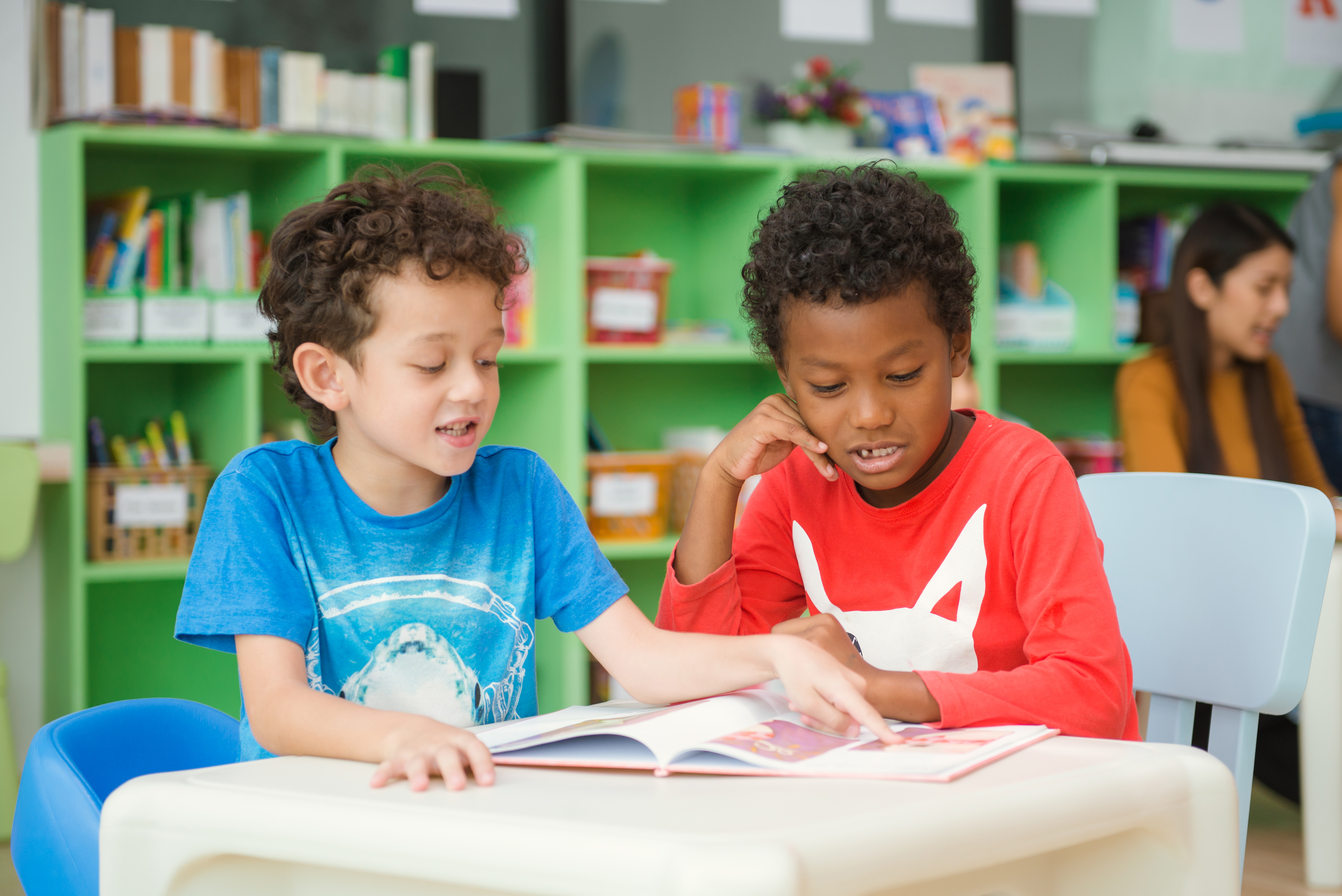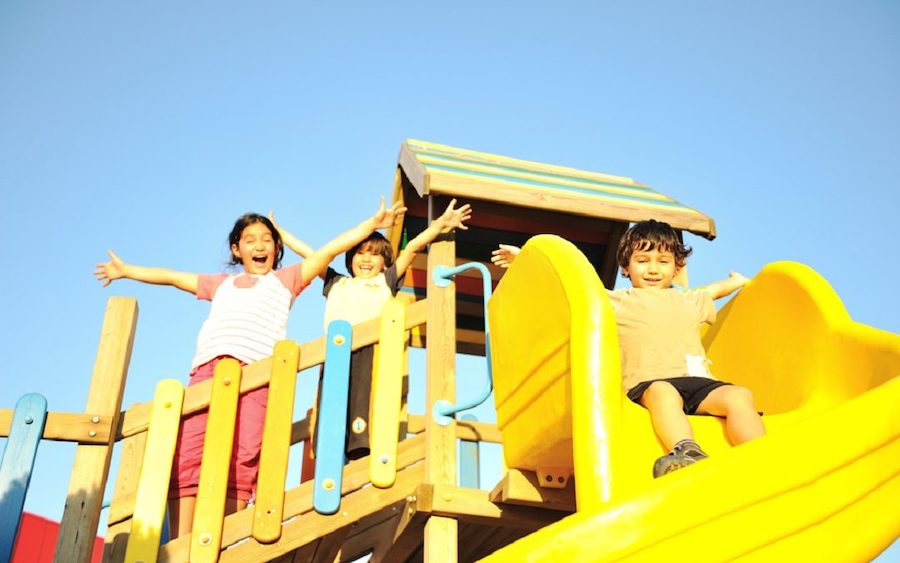
Develop Classroom Expectations and Norms
At Walkabouts, we know the value of establishing clear expectations and norms to help students feel safe and comfortable in the classroom. While teachers continually strive to make their students feel included and welcomed, there are best practices for forming classroom expectations, norms, policies, and practices.
BE INTENTIONAL
When teachers are intentional with setting expectations and norms, they are working toward concrete goals directly tied to the curriculum. Teachers first introduce expectations, define them individually and thoroughly, and highlight their importance for the class. This process helps students recognize the importance of classroom expectations such as treating others kindly, being respectful and responsible, and maintaining safety for the classroom community. This approach positively supports students in meeting and exceeding learning targets and helps them follow directed expectations and norms.
BE SPECIFIC
Teachers should be specific when frontloading the information. If respect for self and others is a classroom expectation, break down the concept, and talk about and provide specific examples of what respect looks and sounds like at school and in the classroom. Then, ask students to provide concrete examples from their perspective. And while class collaboration around expectations is a great opportunity for community building, it is important to stay firm on what is non-negotiable. Communicate clearly to students what actions are never allowed for safety and security reasons.
REVIEW REGULARLY
After an overview of classroom expectations and norms, tie a specific lesson plan, short activity, or morning meeting to each one. This allows for further review to directly focus on the idea and reinforce its importance. Initially, touch on expectations and norms regularly — around three times each week. As students progress, lower the number. However, after a school break, it’s always helpful to have a refresher. Classroom expectations and norms should be a topic of discussion and a point of practice throughout the school year.
INCORPORATE SEL
When making a plan of action to introduce and implement expectations and norms, consider how the strategies can incorporate social and emotional learning (SEL) concepts. Many SEL concepts will fit seamlessly into classroom policies and practices. Consider incorporating these concepts outlined by The Collaborative for Social and Emotional Learning (CASEL): self-awareness, self-management, responsible decision-making, relationship skills, and social awareness.
CASEL recommends reflection on the following questions when aligning discipline policies and procedures that promote SEL:
- Do discipline policies and practices provide opportunities for students to reflect, problem-solve, and build positive relationships?
- Do policies and practices take into account students’ developmental stages, cultural backgrounds, and individual differences?
- Does data demonstrate that these practices are used consistently and equitably in the classroom and throughout the school?
BUILD CLASSROOM EXPECTATIONS AND NORMS TOGETHER
Consider the following ways to build classroom expectations and norms as a group.
IN OUR CLASSROOM COLLAGE
As a class community, it is important to create group norms and expectations together. In doing so, students will quickly understand that their input is meaningful and valuable. In addition, students (and adults!) are more likely to buy into and abide by policies and practices they have helped to create. A fun and interactive way to collaborate and visually display the promises students make to each other is to create an In Our Classroom Collage.
To begin, use the sentence starter, “In our classroom.” As a class, come up with 5-7 sentence endings.
For example:
In Our Classroom
We are kind.
We do our best.
We show respect.
We work as a team.
We help each other.
Display the collaborative statements with a frame of pictures (photographs or self-portraits) of each student (and the teacher!) with handwritten names to show everyone’s commitment to each other.
LEARNING STATIONS
Many elementary school classrooms have learning stations, rotating centers dedicated to specific academic tasks such as reading, writing, math, social studies, science, etc. When designating learning stations, include a station centered on classroom expectations and norms with SEL considerations.
Learning station options include:
- Teacher-created read-alouds that include examples of expectations
- Books (or sections of books) that include examples of expectations
- Writing center with sentence starters or story prompts centered on expectations
- Role-play activities that model real-world scenarios of expectations
- Visual tracking with flashcards for matching written expectations to pictures
- Small circles that facilitate discussion, reflection, and updated goals around expectations
COLLABORATIVE BINGO
Create one large BINGO card on a sheet of poster board. In each square, write a positive classroom expectation or norm.
For example:
- Respect everyone’s personal space.
- Take turns.
- Help others.
- Be prepared for class.
- Use kind words.
- Raise a quiet hand.
- Complete class chores.
- Honor silent work time.
- Give genuine compliments.
- Put away classroom supplies.
When the expectation is modeled by a student in class, acknowledge it, and draw a circle in the coordinating square on the BINGO card. Encourage students to get BINGO with a diagonal or straight line or fill the entire card for an agreed-upon reward such as extra time on the playground, preferred activity time, or an active whole-class celebration.
These strategies for setting expectations and norms are sure to help the classroom run smoothly and teach students to respect others and their school.
Walkabouts are active lessons that integrate kinesthetic techniques with classroom fundamentals and SEL. Teachers, support the positive building of expectations and norms in your classroom with the Walkabouts plan that’s right for you.





